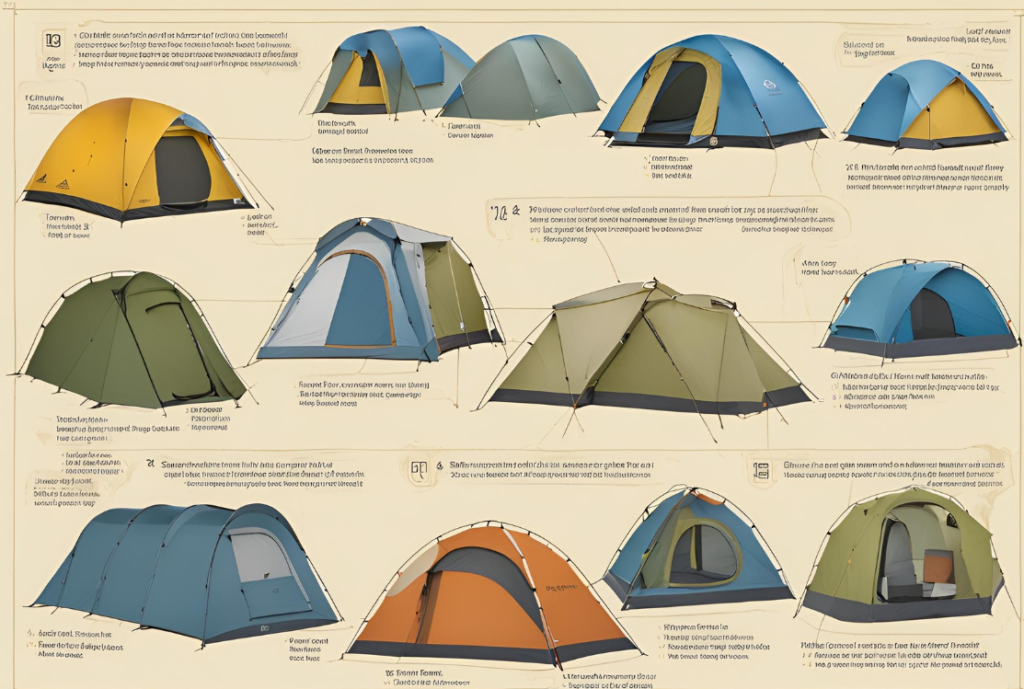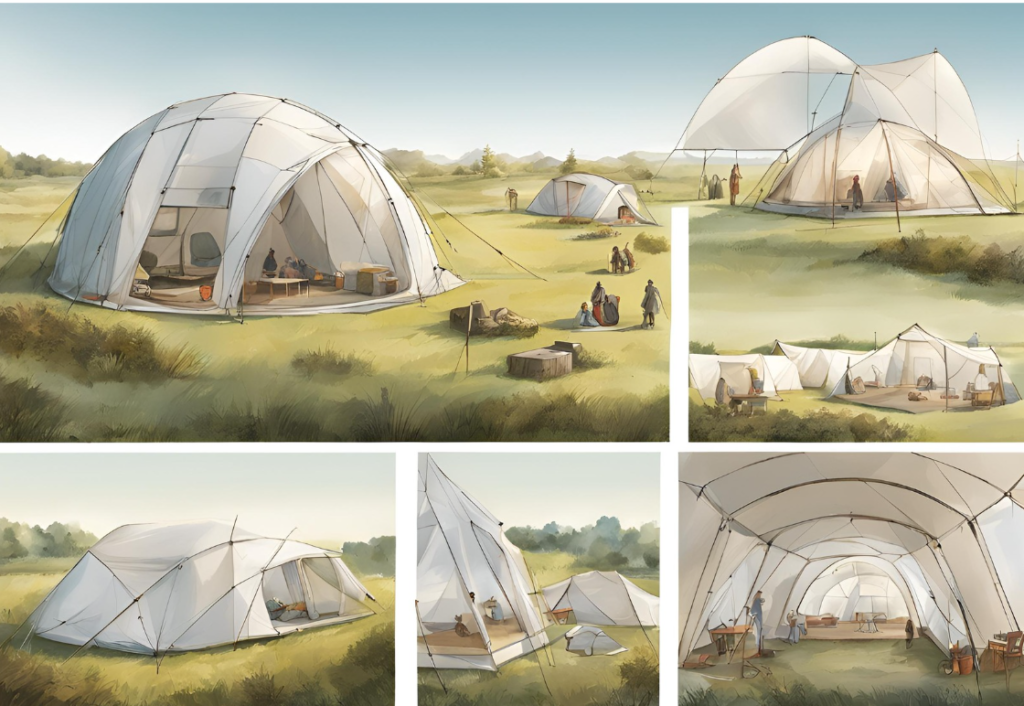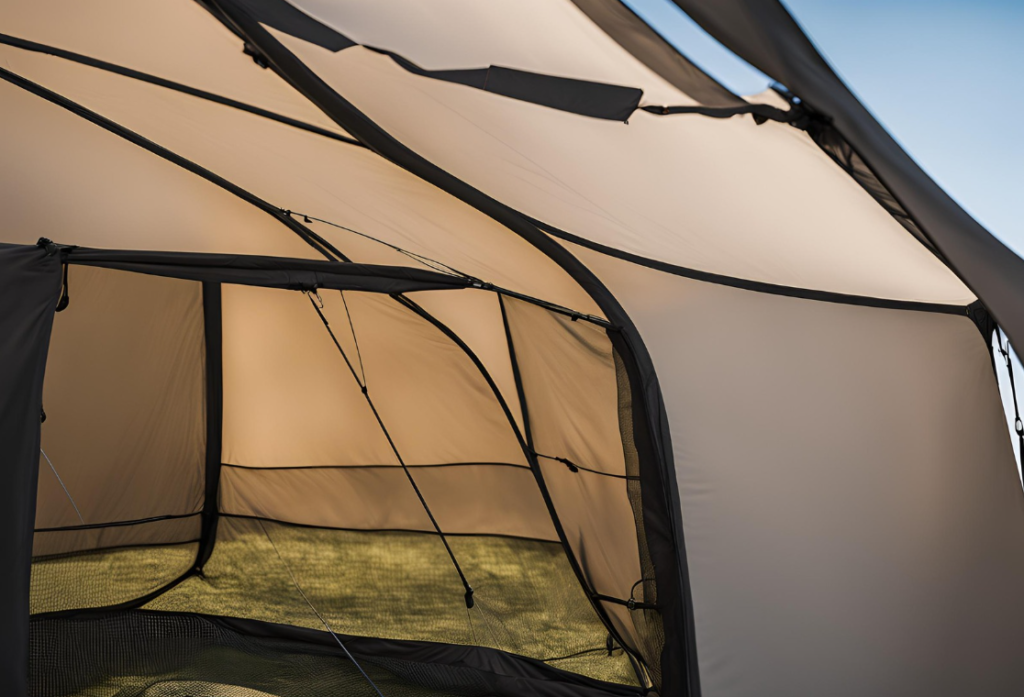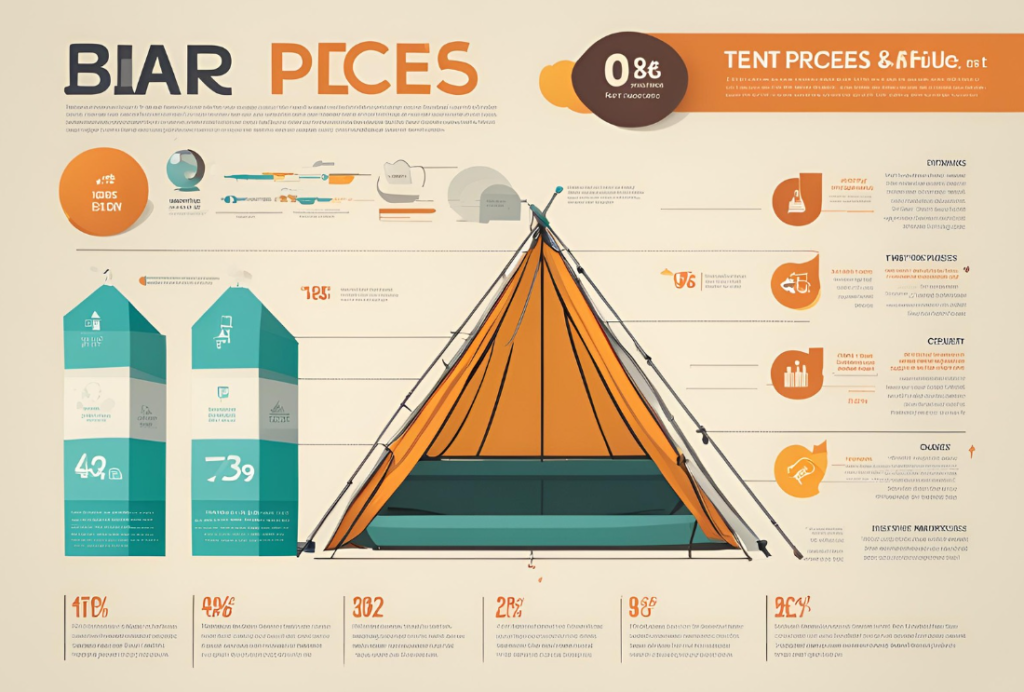Introduction
Choosing the right tent for camping is essential to ensure a comfortable and enjoyable outdoor experience. When considering how to choose a tent for camping, it’s important to evaluate several factors to make the best choice. This guide will walk you through everything you need to know about selecting the perfect tent, from understanding your needs to evaluating key features.
1. Assess Your Camping Needs
Determine Tent Size and Capacity
When figuring out how to choose a tent for camping, one of the primary factors to consider is the amount of space required. The size of the tent should comfortably fit both the number of occupants and the gear. For solo campers with substantial equipment, a two-person tent often provides the ideal balance of space and comfort. For couples or two-person groups, a two-person tent is generally sufficient, but ensure it meets your specific needs.

Optimize Comfort and Space
The internal space of your tent can greatly influence your comfort. For solo travelers carrying a lot of gear, a two-person tent allows sufficient room for both you and your belongings without feeling cramped. For two people, a two-person tent is usually adequate. Remember, while the tent may not seem like a mansion, it should still offer a comfortable sleeping and storage area.
2. Understand Tent Types and Their Features
Types of Tents
Dome Tents: Ideal for their stability and ease of setup. They offer a great balance between weight, space, and durability, suitable for various weather conditions.
Cabin Tents: Best for family or group camping, providing ample headroom and a spacious interior, which resembles a home-like environment.
Backpacking Tents: Designed to be lightweight and compact, these are perfect for hikers and backcountry adventurers.
Features to Consider
Ventilation: Proper ventilation is crucial when figuring out how to choose a tent for camping, especially in warm weather. Opt for tents with multiple windows and mesh panels to ensure good airflow. Having two doors can significantly improve ventilation. From personal experience, tents with excellent ventilation prevent condensation and maintain a comfortable interior.
Weather Resistance: Tents come with different seasonal ratings: two-season, three-season, or four-season. A three-season tent is versatile, handling mild winter conditions and rain effectively. For extreme winter conditions, a four-season tent is necessary.
Impermeability: Water resistance is measured by the tent’s water column rating. For summer camping, a rating of 3000mm is generally adequate, while winter camping requires 5000mm or more. The tent floor should have a high rating to prevent water seepage, particularly in snowy or uneven terrains.

3. Evaluate Tent Materials and Construction
Fabric Quality
The fabric quality affects the tent’s durability and weather resistance. Common materials include nylon, polyester, and canvas. High-quality, durable fabrics provide a good balance of weight and strength.
Poles and Structure
Strong poles are essential for tent stability. Aluminum poles are preferred over fiberglass for their durability and strength. Choose a tent that’s easy to set up and take down, particularly in adverse weather conditions.
Ease of Setup
A tent that is quick and easy to set up is crucial for dealing with unexpected weather changes. My tent features three aluminum poles and folds compactly, making assembly and disassembly straightforward.

4. Consider Additional Features
Ventilation Systems

Good ventilation systems, such as multiple windows and mesh panels, improve airflow and reduce condensation. Features like dual doors and adjustable vents enhance comfort in warm weather.
Waterproofing
Ensure the tent has high-quality waterproofing, including robust seams and a rainfly. A high water column rating and protective groundsheet will keep you dry in heavy rain and snow.
Quick Assembly
A tent designed for rapid setup helps manage unexpected weather changes. Features like color-coded poles and straightforward instructions make assembly quicker and more efficient.
5. Compare Options and Make Your Decision
Read Reviews and Comparisons
Before finalizing your decision on how to choose a tent for camping, read reviews and comparisons on trusted outdoor gear websites like CleverHiker and GearJunkie. Reviews provide valuable insights into the performance and reliability of various tents.
Check Prices and Value
Balance cost and quality. Investing in a well-reviewed, high-quality tent ensures you avoid potential issues during your trip. Consider factors such as durability, features, and ease of use when evaluating options.

Conclusion
Choosing the right tent for camping involves evaluating your specific needs, understanding different types of tents, and considering essential features such as ventilation, weather resistance, and ease of setup. By combining expert advice with personal insights, you can select a tent that ensures a comfortable and protected outdoor experience. Remember, the right tent can make a significant difference in your camping adventures.
Ready to find the perfect tent for your next adventure? Explore our top recommendations and discover a range of options to suit your needs. Happy camping!

